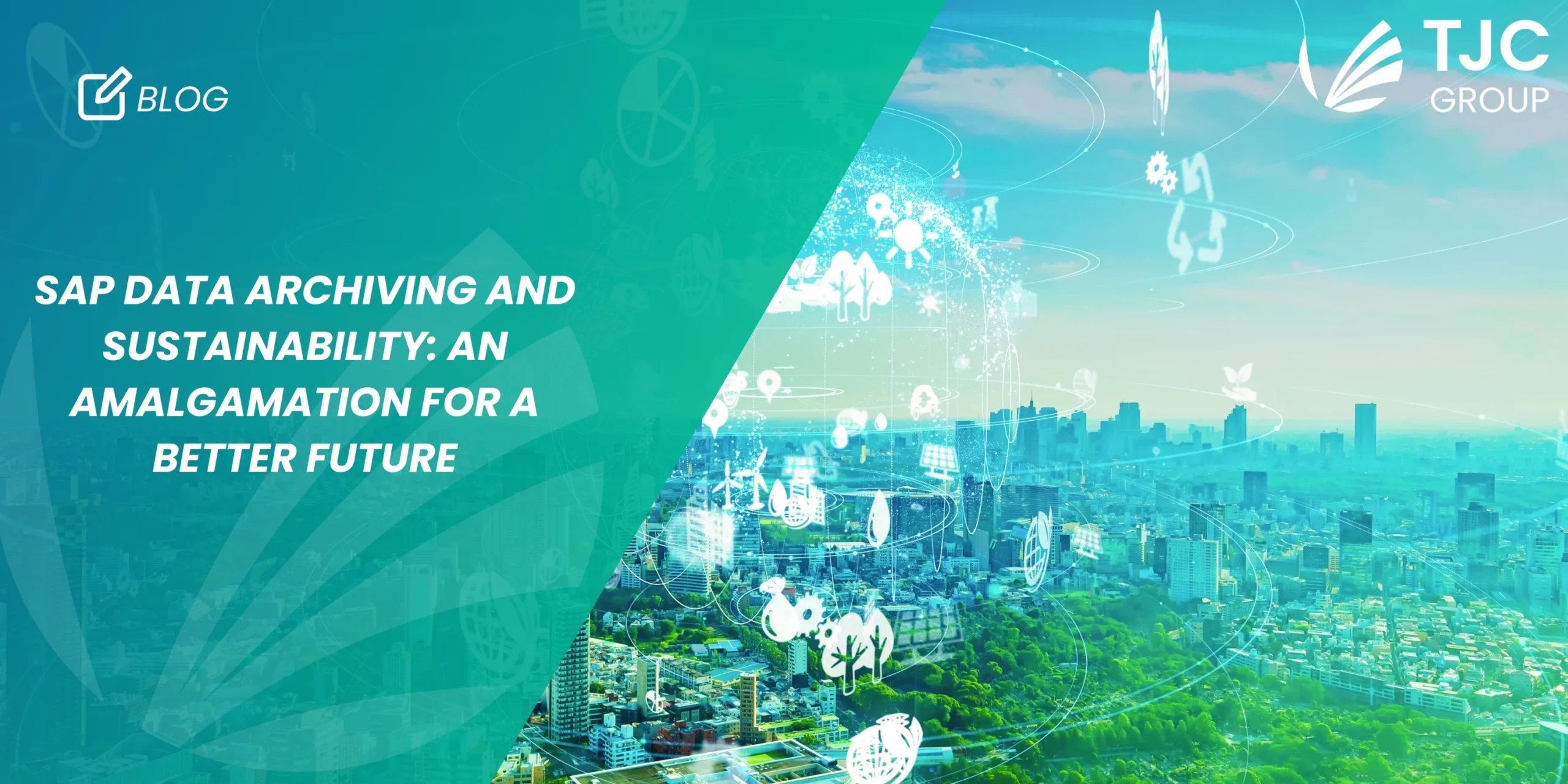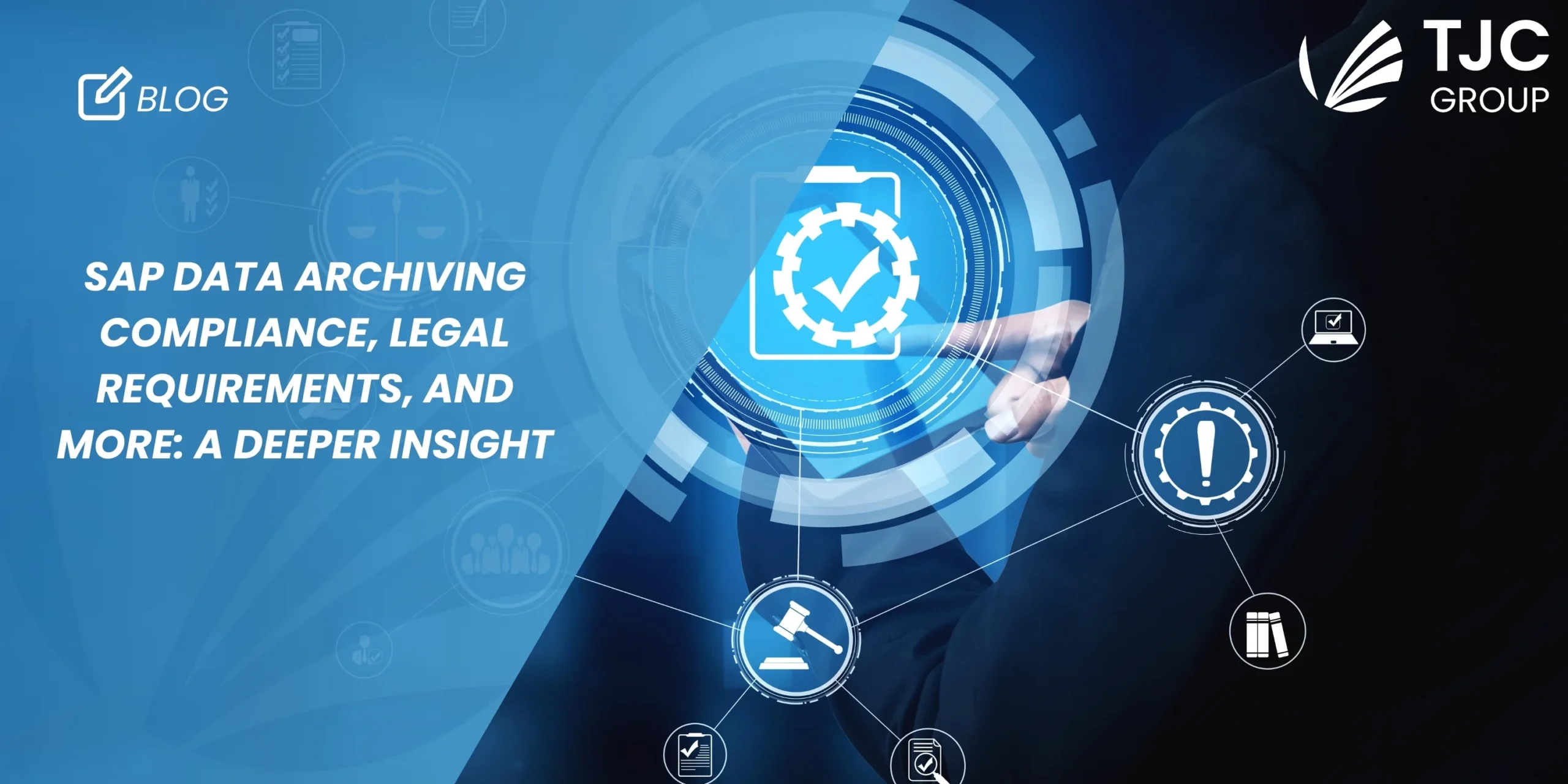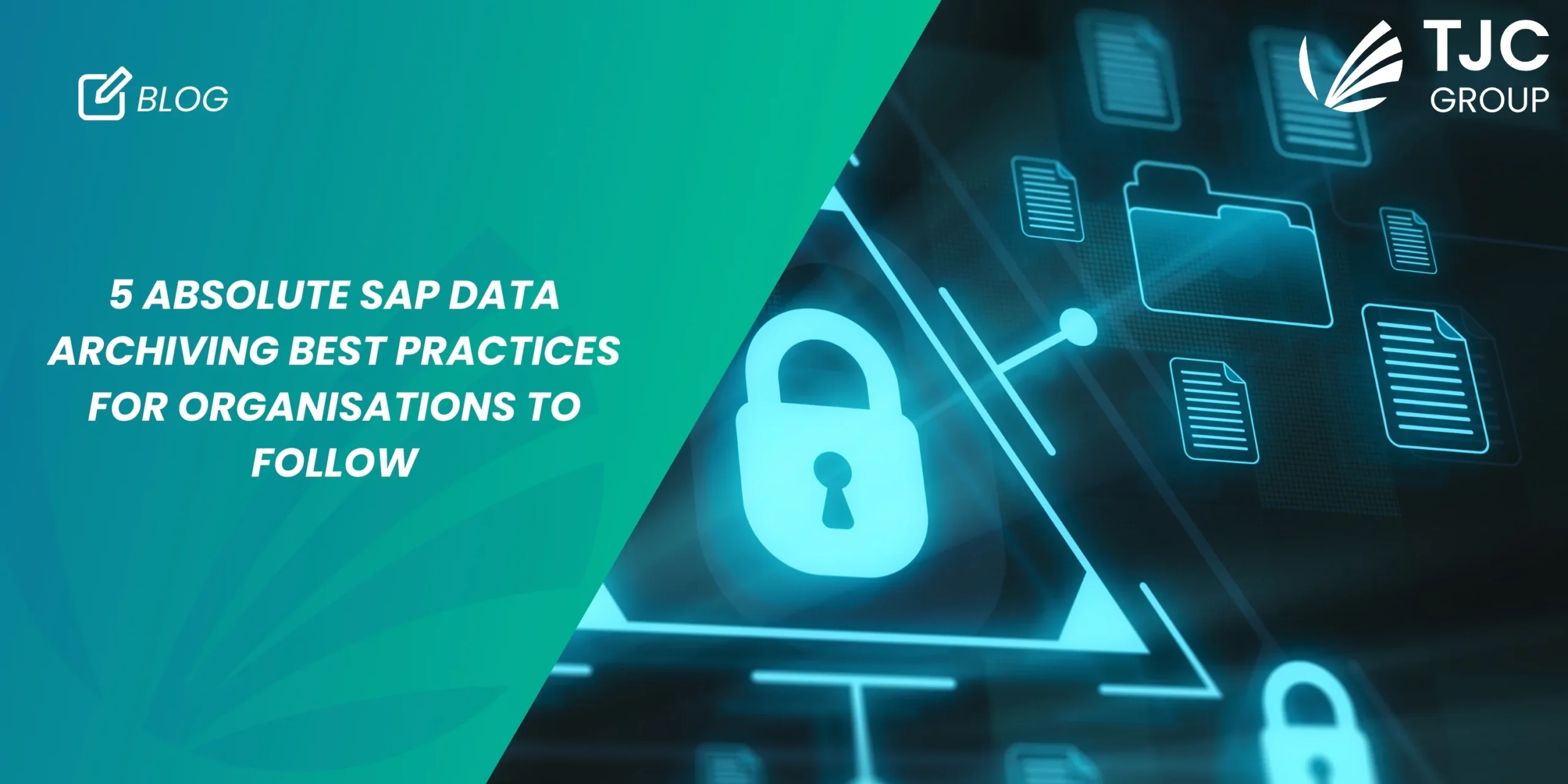Sustainability has become the need of the hour. Companies have become increasingly aware that Data Management is essential for meeting sustainability targets. If you wish to know how SAP Data Archiving can help with environmental targets, here’s an in-depth insight for you. Read on!
Sustainability and SAP Data Archiving | An overview
Corporate pollution is generally related to aspects like plastic waste, smoke fumes, or toxic effluents released into the environment. While companies must manage these aspects carefully, it is imperative for them to consider data when planning to reduce the environmental impacts of their IT activities – because it is a significant contributor to global warming.
Data uses colossal energy for its creation and storage, leading to a massive environmental impact.
If data is unchecked, it can become an invisible polluter. Because storing obsolete data wastes energy, which in turn, contributes to CO2 levels.
However, organisations can easily control it by keeping data growth levels under tight control. For the same, data archiving is one of the most effective ways to ensure environmental sustainability. Keep reading this blog to learn how SAP data archiving can help curb carbon print!
Data Growth and its impact on the Environment
Before proceeding with the benefits of SAP data archiving, let’s see what impact data growth has on the environment.
Interest in transitioning to net zero and reducing the organisational carbon footprint has rapidly grown in recent years. In tandem, the volumes of data produced have continued to rise.
According to an Information Week survey conducted among 300+ respondents, almost 70% said data volumes were growing at a minimum rate of 10% annually, and in most cases, it was far higher.
- 52% reported an annual storage growth rate in their organisation between 10% to 24%;
- 17% reported an even higher annual storage growth rate, between 25% to 49%.
Impact of overlooking data growth
If organisations overlook data growth, it will increase in volume exponentially while increasing the cost of hosting the extra information. That said, it is vital to consider that data volume can double every two years if left unchecked. The image below illustrates the drawbacks of not having a proactive Data Volume Management strategy.
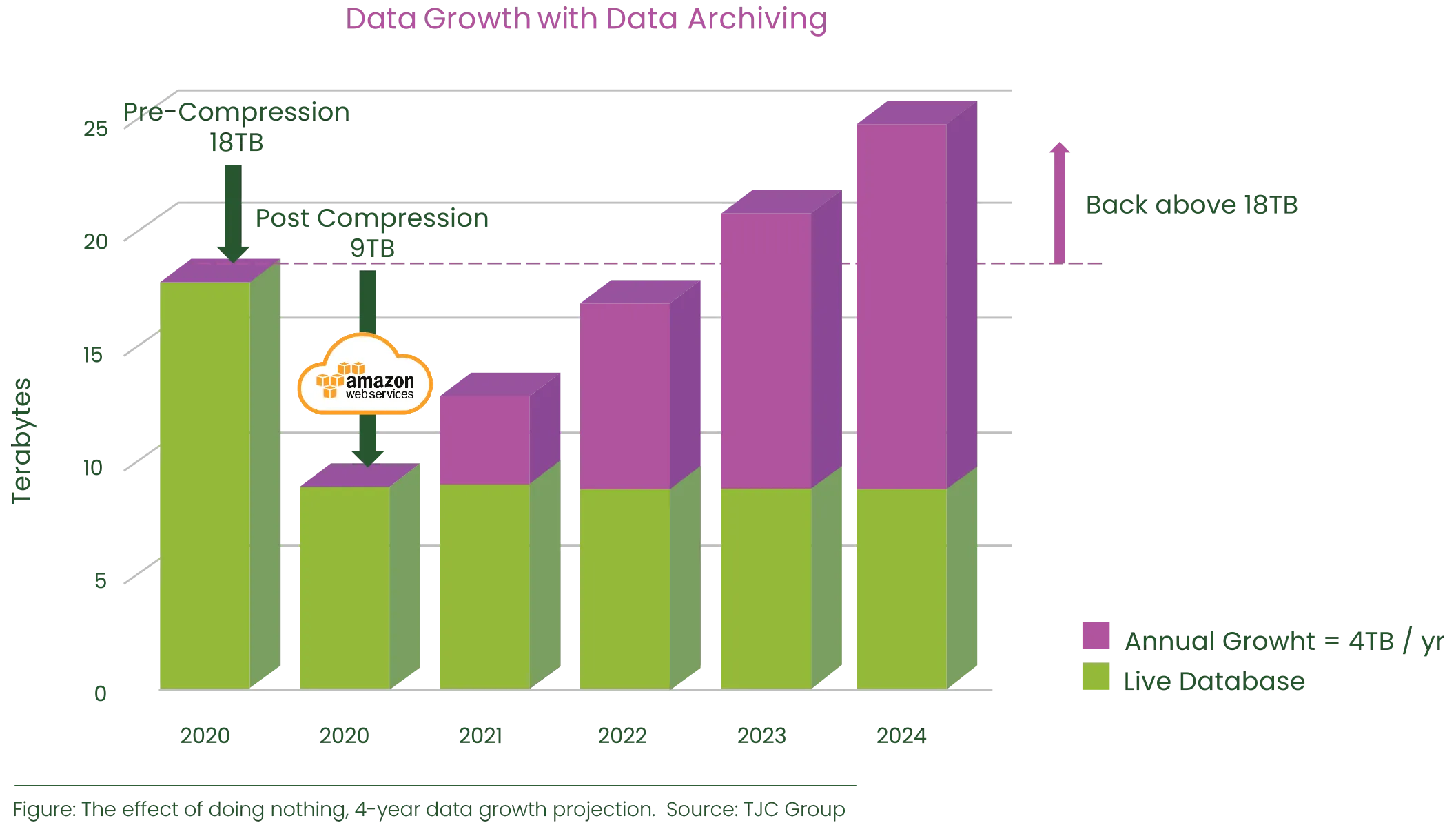
In fact, we have compared the effect of having a proactive data archiving and data deletion process in place versus the effect of doing nothing at all to limit the growth of the SAP database. Check out this blog article to see the comparison: https://www.tjc-group.com/blogs/data-volume-management-what-is-the-effect-of-doing-nothing/
Data centres are the world’s most energy hungry industry!
Managing and storing all the data being generated constantly is not feasible – financially and environmentally. Additionally, hosting costs are expensive and rising rapidly, especially given the soaring prices due to inflationary pressures.
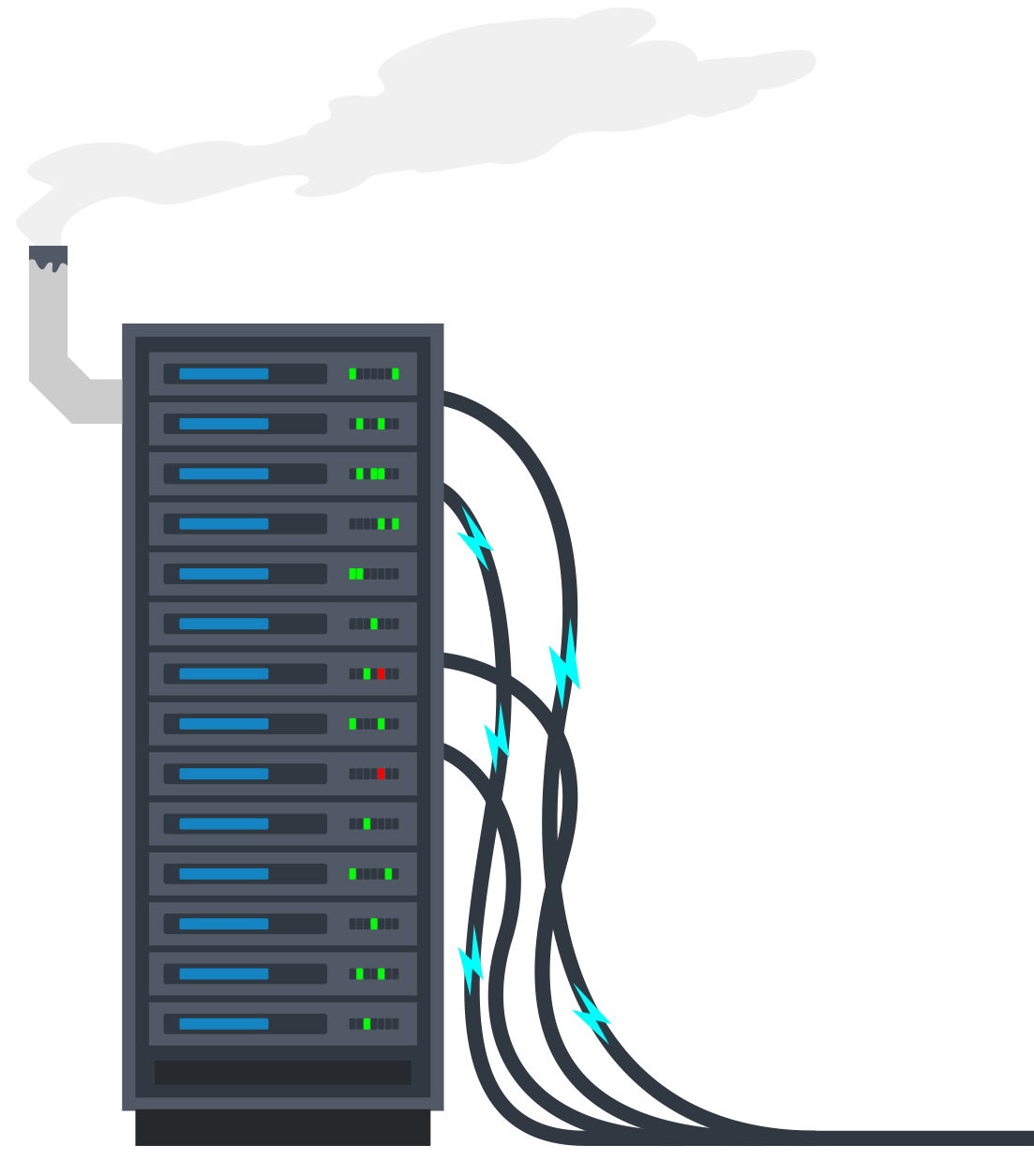
Apart from these, there is also a hidden but significant cost – the environmental costs of data storage, which are the associated energy and carbon footprint. According to the OECD, data centres are predicted to consume around 20% of the world’s electricity by 2025. If a proportion of the energy being used is for data that could be archived, it is a waste of energy resources.
Find out more about the impact of Data centres in this infographic: https://info.tjc-group.com/infographic-data-centres-climate-challenge
How can SAP data archiving help improve environmental sustainability?
Historically, there were two main reasons for investing in SAP data archiving –
- Minimising the cost of data storage
- Improving the general performance of SAP systems.
However, improving IT’s sustainability and carbon footprint has now emerged as a goal and quickly accelerated in importance to become as pressing an issue as the original two.
SAP data archiving can achieve IT operational cost savings in the following ways –
- Automated archiving ensures ongoing data compression and deduplication.
- Fewer data stored means less energy is used to store it.
- A corresponding reduction of costs associated with data storage.
- Reduction in operational costs to manage the entire SAP landscape (electricity, servers, and so on).
This, in turn, triggers four environmental savings – reducing the consumption of physical storage discs, lowering the heating and cooling costs within server rooms, decrease in maintenance charges, and reducing waste and disposal costs.
Investing in SAP data archiving or S/4HANA migration is one of the ways to influence the CO2 footprint of organisations while contributing towards their sustainability targets.
Accelerate and simplify migration to SAP S/4 HANA!
In longer terms, SAP data archiving helps to generate some important operational cost savings, which can have a significant impact on enterprise system performance. Having fewer data stored means the time to complete data backups or data recovery processes will be much faster. There is another very important benefit to introducing regular data archiving which is perhaps the most important – preparing the organisation for SAP S/4HANA migration.
According to research conducted by the UK & Ireland SAP User Group, managing the data migration process and the sheer volume of data for SAP S/4HANA migration was the biggest obstacle they needed to overcome when planning the switch from SAP ECC. So, in addition to improving the environmental footprint, SAP data archiving will make an essential contribution to the long-term transition to the SAP Cloud.
The final word
Investing in SAP data archiving or S/4HANA migration is just one of the ways to influence the CO2 footprint of organisations while contributing towards their sustainability targets. Therefore, companies need to make archiving part of the IT housekeeping routine.
To learn more about SAP data archiving to boost environmental sustainability targets, read our latest eBook on How Data Volume Management contributes to sustainability!





